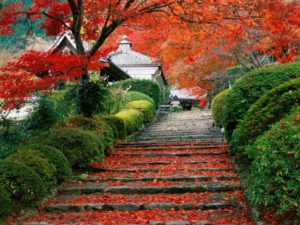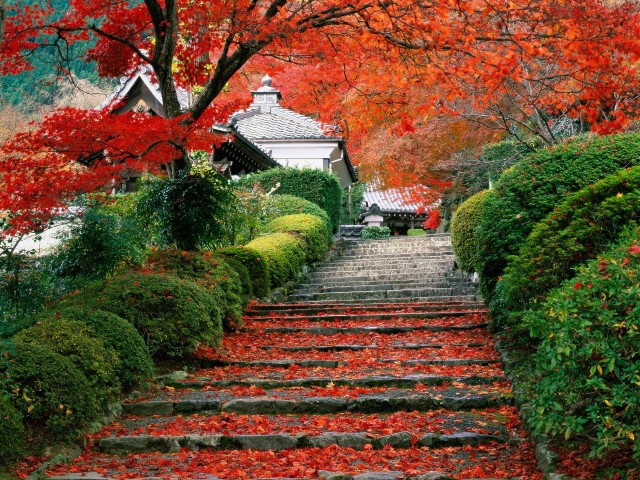[/pullquote-left] Many self defence and martial art systems rely heavily on speed and power. Most commonly they consist of hard punches, kicks and other strikes and blocks. Many grappling styles rely on strength and body hardening for applying techniques and takedowns. All of these approaches are effective if you are faster or stronger than your opponent.

Only when you begin your journey in earnest can you truly explore what lies along the path.
Aiki Jujutsu requires the practitioner to be relaxed and supple, to utilise the weak points in an attack to unbalance an aggressor and control the situation. There is a science to the art of taking the balance of an opponent, using their own reflexes against them. When this is understood and embodied it allows even the strongest attacks to be reversed. In Aiki Jujutsu you are in control of the situation.
Aiki Jujutsu does not rely solely on striking or other blunt force trauma to stop an attack. Through harmonisation and the application of Aiki, the practitioner is able to respond naturally and appropriately to a range of threat levels utilising evasion, redirection, locks, throws, pins and a variety of other skills. This Aiki approach provides a high level of control, both internal and external, for any range of situations that may be encountered.
Takumakai Daito-ryu also provides the dedicated practitioner with a path for self improvement. This side of martial arts is seldom discussed because it represents a very personal journey of self discovery. Through the constant challenges that one must face and overcome and through the support of dedicated instructors and fellow students, serious practitioners will continue to develop mind and body coordination and awareness and internal strength as long as one continues to practice.
Daito-ryu as a Budo and a Bujutsu
In martial arts there are many different approaches and focuses between different styles. A budo is known as a martial way, that is, it is a pathway for polishing the self, a way for promoting personal growth. Arts that typify this include Judo, Aikido, Kendo, Kyudo amongst others. All of these martial ways are modern, having developed from ancient bujutsu.
A bujutsu however includes the complete practical skill set of the warrior, concerned with honing the efficiency of warriors in complete battlefield skills. Bujutsu is not sport and neither is it directly concerned with self development. However, the Japanese realized that personal growth will arise from entering deeply into something and giving completely of oneself. There are many pathways for this in Japanese culture, some of which include the tea ceremony, calligraphy and flower arranging.
Daito-ryu is a budo that maintains it`s bujutsu origins, using the original physical techniques and training forms of the warrior to achieve spiritual growth. In modern life one may hopefully never need to draw on the physical skills of the warrior which are the focus of practice, but the inner lessons learned from practice will empower us to address all manner of situations in our lives.


No responses yet